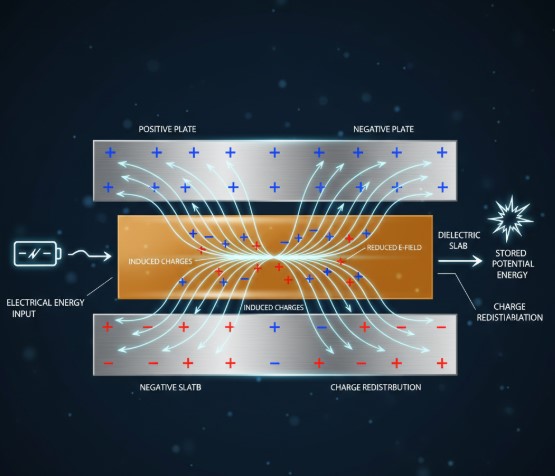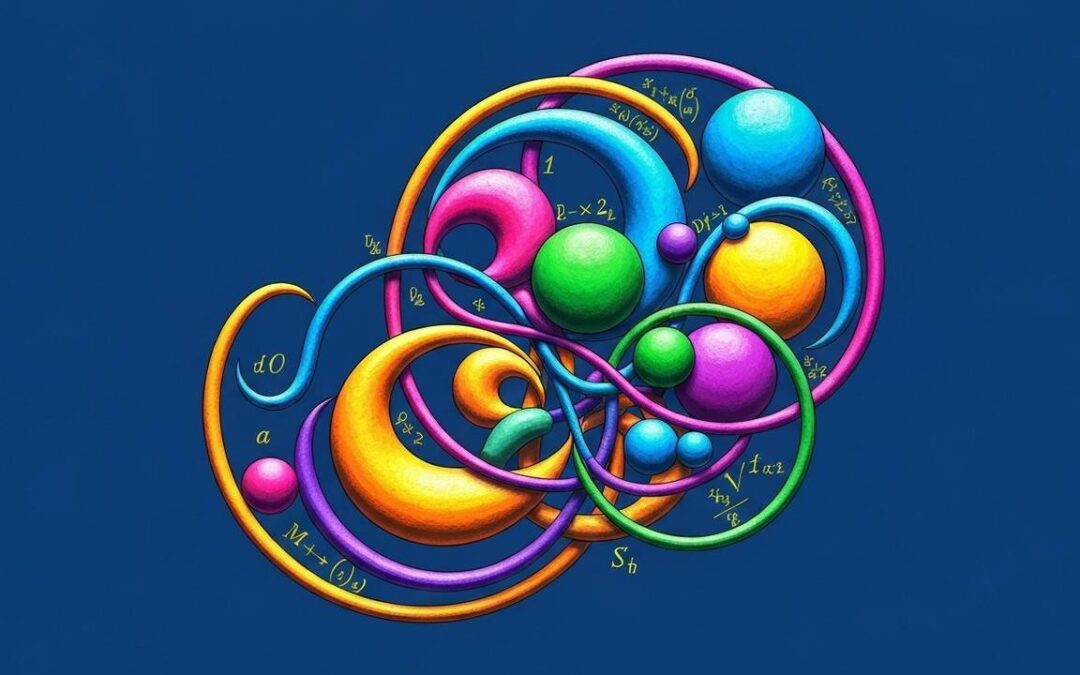Surjective composition is a concept where we look at functions that map onto their entire codomain. When two such functions are combined, interesting things happen. If you’re wondering whether the composition of surjective functions guarantees that both original functions are surjective, the answer is a bit nuanced. Let’s explore the conditions under which a composite function maintains the property of surjectivity and when it doesn’t. Understanding surjective composition is crucial for grasping advanced mathematical concepts.
Table of Contents
- Surjectivity and Function Composition
- Why the Converse Fails: Surjective Composition
- Illustrative Example of Surjective Composition
- Real-Valued Function Example
- Similar Problems and Quick Solutions
- Problem 1: If ##f: A \rightarrow B## and ##g: B \rightarrow C## are both injective, is ##g \circ f## injective?
- Problem 2: If ##g \circ f## is injective, is ##f## necessarily injective?
- Problem 3: If ##g \circ f## is surjective, is ##f## necessarily surjective?
- Problem 4: Let ##f(x) = x^2## and ##g(x) = \sqrt{x}##. Is ##f \circ g## surjective over non-negative reals?
- Problem 5: If ##f## and ##g## are bijective, is ##g \circ f## bijective?
More from me
Let’s explore the concept of surjective functions and their compositions. In mathematics, a function is surjective (or onto) if every element in the codomain is mapped to by at least one element in the domain. We’ll examine what happens when we compose two surjective functions and whether the converse holds true. The key is to understand how functions behave when combined.
Surjectivity and Function Composition
If functions ##f## and ##g## are both surjective, then their composition ##f \circ g## is also surjective. This means that for every element ##z## in the codomain of ##g##, there exists an element ##x## in the domain of ##f## such that ##g(f(x)) = z##. This property is fundamental in understanding function behavior. The composition maintains the onto nature of both functions.
However, the converse isn’t always true. If ##f \circ g## is surjective, it doesn’t necessarily mean that both ##f## and ##g## are surjective individually. While ##f## must be surjective, ##g## might not be. This subtle difference arises from how the composition can ‘mask’ the non-surjectivity of ##g##. Let’s delve deeper into why this happens.
Why the Converse Fails: Surjective Composition
To illustrate why the converse fails, consider a scenario where ##f: X \rightarrow Y## and ##g: Y \rightarrow Z##. If ##g \circ f## is surjective, it implies that for every ##z \in Z##, there exists an ##x \in X## such that ##g(f(x)) = z##. This ensures that ##g## is surjective because every element in ##Z## is hit by some element in ##Y## (specifically, the image of ##f##). However, ##f## doesn’t need to cover all of ##Y##.
Consider the case where ##f## maps only a subset of ##X## onto ##Y##, but ##g## maps that subset of ##Y## onto ##Z##. Even if ##f## isn’t surjective, the composition ##g \circ f## can still be surjective because ##g## compensates for the ‘missing’ elements in ##Y##. This is a crucial point in understanding surjective composition. The redundancy in ##g## allows the composition to remain surjective.
Illustrative Example of Surjective Composition
Let’s consider a concrete example. Suppose ##X = \{x\}##, ##Y = \{1, 2\}##, and ##Z = \{a\}##. Define ##f: X \rightarrow Y## as ##f(x) = 1##, and ##g: Y \rightarrow Z## as ##g(1) = g(2) = a##. Here, ##g \circ f: X \rightarrow Z## is surjective because every element in ##Z## is mapped to by an element in ##X##. However, ##f## is not surjective because it only maps to one element in ##Y##, not covering the entire codomain.
In this example, ##g## is surjective, but ##f## is not. The composition ##g \circ f## is surjective because ##g## maps both elements of ##Y## to ##a##, effectively ‘covering’ the entire codomain ##Z##. This demonstrates that the surjectivity of ##g \circ f## only guarantees the surjectivity of ##g##, not necessarily ##f##. This highlights the importance of considering the specific mappings when dealing with surjective composition.
Real-Valued Function Example
Consider real-valued functions to further illustrate this concept. Let ##g(x) = \sin(x)##, which maps the real number line to the interval ##(-1, 1)##. Now, let ##f(x) = \frac{x}{x^2 + 1}##, but only consider ##f(x)## over the interval ##(-1, 1)##. The range of ##f(x)## is the real line. In this case, ##g(x)## is not surjective onto the entire real line, but ##f(g(x))## can still be surjective.
This example shows that even if ##g(x)## is not surjective, the composition ##f(g(x))## can be surjective because ##f(x)## maps the limited range of ##g(x)## onto the entire real line. This further emphasizes that the surjectivity of the composition does not guarantee the surjectivity of both individual functions. The properties of each function play a critical role in determining the surjectivity of their composition.
Similar Problems and Quick Solutions
Problem 1: If ##f: A \rightarrow B## and ##g: B \rightarrow C## are both injective, is ##g \circ f## injective?
Yes, if both ##f## and ##g## are injective, then ##g \circ f## is also injective.
Problem 2: If ##g \circ f## is injective, is ##f## necessarily injective?
Yes, if ##g \circ f## is injective, then ##f## must be injective.
Problem 3: If ##g \circ f## is surjective, is ##f## necessarily surjective?
No, as demonstrated above, ##f## is not necessarily surjective.
Problem 4: Let ##f(x) = x^2## and ##g(x) = \sqrt{x}##. Is ##f \circ g## surjective over non-negative reals?
Yes, ##f \circ g(x) = x##, which is surjective over non-negative reals.
Problem 5: If ##f## and ##g## are bijective, is ##g \circ f## bijective?
Yes, the composition of two bijective functions is also bijective.
| Concept | Description | Surjectivity Implications |
|---|---|---|
| Surjective Function | A function where every element of the codomain is mapped to by at least one element of the domain. | Ensures that the function ‘covers’ the entire codomain. |
| Function Composition (##g \circ f##) | Applying function ##f## first, then applying function ##g## to the result. | The order of application matters; ##g(f(x))##. |
| If ##f## and ##g## are surjective | Both functions individually map onto their respective codomains. | ##g \circ f## is also surjective. |
| If ##g \circ f## is surjective | The composition maps onto the codomain of ##g##. | ##g## must be surjective, but ##f## is not necessarily surjective. |
| Counter-example | ##f: X \rightarrow Y## not surjective, ##g: Y \rightarrow Z## surjective, but ##g \circ f## can still be surjective. | Demonstrates that surjectivity of the composition does not guarantee surjectivity of all individual functions. |
We also Published
RESOURCES
- Surjectivity of Composition of Surjective Functions – Mathematics …
- Surjective function – Wikipedia
- How to prove that the composition of two surjective functions is …
- Injective, surjective and bijective functions
- elementary set theory – Surjection on composed function …
- Can the composition of two non-injective functions result in an …
- Surjection if Composite is Surjection – ProofWiki
- Prove or disprove that is the composition of two functions is a …
- Proofs of relationships between inverses and ‘jectivity (CS 2800, Fall …
- [Discrete Math] If both f and g are surjective functions, prove that the …








0 Comments